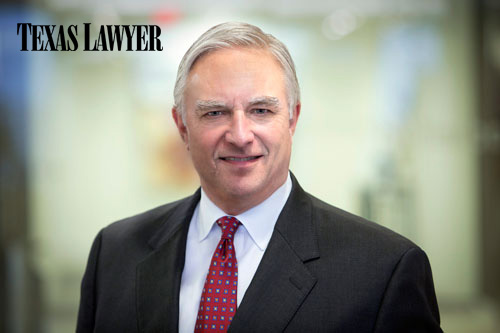Read Talmage's first book review for the New York Times that appeared October 13, 2020.

GAMBLING WITH ARMAGEDDON
Nuclear Roulette From Hiroshima to the Cuban Missile Crisis, 1945-1962
By Martin J. Sherwin
On Aug. 6, 1945, after Hiroshima was destroyed, President Truman declared the atomic bomb “the greatest thing in history.” On Oct. 21, 1962, during the Cuban missile crisis, President Kennedy confided to a friend, “The world really is impossible to manage so long as we have nuclear weapons.” The two statements sum up the changes in thinking between those two dates.
Benefiting from more than a half century of hindsight, the Pulitzer-winning historian Martin J. Sherwin delivers a well-researched and reasoned analysis of nuclear weapons’ impact from 1945 to 1962 in “Gambling With Armageddon.” The book should become the definitive account of its subject.
Sherwin has three themes. First, history proves that the disadvantages of nuclear weapons outweigh their advantages. Yes, the A-bomb brought a quick end to World War II, but Dwight Eisenhower and Robert Oppenheimer both believed Japan’s defeat was imminent without the bomb. And while it tipped the balance of power until the Soviets developed their own nuclear weapon in 1949, this brief American advantage produced no geopolitical gains.
Sherwin, the author of a book on the legacy of Hiroshima, argues that President Eisenhower’s threat to use “massive retaliation” in the 1950s also moved no needles, though it did ramp up the arms race. Then when Kennedy began his term with the disastrous Bay of Pigs invasion, it emboldened Nikita Khrushchev to introduce nuclear missiles into Cuba to protect the lone Communist outpost in the West. Kennedy’s effort to get them removed led to what Sherwin calls “the most devastating event in world history … that somehow didn’t happen.” He concludes that “the real lesson of the Cuban missile crisis … is that nuclear armaments create the perils they are deployed to prevent, but are of little use in resolving them.”
Sherwin’s second theme is setting the record straight on the heroes and villains of the missile crisis. Once Kennedy and Khrushchev made their deal, some of the president’s advisers conveyed flattering misinformation about themselves for a Saturday Evening Post article. And after John’s death, Bobby Kennedy wrote “Thirteen Days,” his memoir of the crisis, which falsely portrayed himself as the peacekeeping hero. “Thirteen Days” was generally accepted as accurate until disproved by recordings of the president’s meetings with his brain trust during the crisis, which weren’t declassified till the mid-1990s.
Sherwin relies on the tapes and other credible evidence to establish that the real hero of the crisis was indeed John Kennedy. Others deserving credit for avoiding World War III are Adlai Stevenson (Kennedy’s wisest adviser), Khrushchev (who did not want to trigger a nuclear war) and the United Nations mediator U Thant.
As for villains, Sherwin makes it clear that if the Joint Chiefs of Staff had had their way, the Cuban confrontation would have escalated into infinity. And fortunately, Kennedy also rejected the hawkish advice of his brother and Robert McNamara.
The book’s final lesson is the unsettling one that regardless of how many wise decisions get made by prudent leaders, good luck is crucial. Sherwin reveals that on Day 12 of the crisis, a Soviet captain overruled a flawed order to unleash a nuclear missile on American ships blockading Cuba. Similarly, an American Air Force captain refused to fire a nuke into China until he double-checked the accuracy of what proved to be a mistaken communication. The little-known captains Vasily Arkhipov and William Bassett thereby become elevated onto the pedestal with Kennedy and Khrushchev for helping prevent the world’s destruction.
Since the October 1962 near miss of a holocaust, most global leaders have prioritized arms control to reduce the likelihood of nuclear war. “Gambling With Armageddon” is a useful reminder to their successors to continue the effort.
Talmage Boston is an attorney and historian whose most recent book is “Cross-Examining History: A Lawyer Gets Answers From the Experts About Our Presidents.”
GAMBLING WITH ARMAGEDDON
Nuclear Roulette From Hiroshima to the Cuban Missile Crisis, 1945-1962
By Martin J. Sherwin
Illustrated. 604 pp. Alfred A. Knopf. $35.
(Originally published in The New York Times.) - Click here read the full article on www.NYTimes.com


